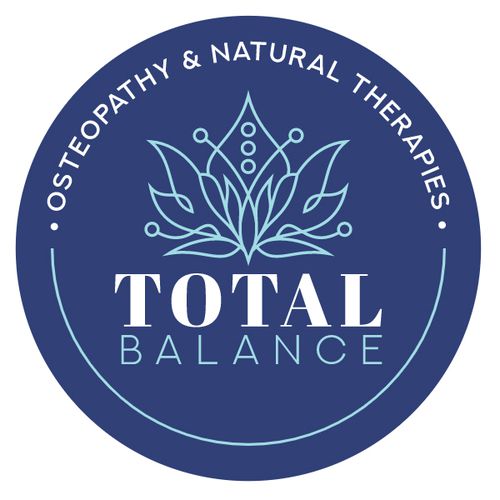
De Quervain's Tenosynovitis is a condition in which one suffers from inflammation of the tendons in the wrist and thumb. Typically it affects the extensor pollicis brevis and abductor pollicis longus tendons. Both of these are responsible for movement of the thumb. De Quervain's Tenosynovitis is typically an overuse related injury that is characterized by pain in the thumb and wrist area that is aggravated by gripping, writing, typing and other hand related manual activities.
Common Signs & Symptoms
- Pain on palpation of the thumb and wrist muscles
- Swelling and heat over the lateral thumb and wrist region
- Weak grip or forearm musclesPain on typing, writing and other hand related activities
Who can suffer from it?
De Quervain's Tenosynovitis can occur in any age group and doesn't discriminate between sex. Often its onset is more related to the individuals job or activities that they perform day to day. Common occupations that might predispose one to suffering from this injury include administrative jobs where frequent typing and use of the hands and wrists are required, factory related jobs where frequent manual handling activities are performed and other professions where there is frequent use of hand and wrist i.e. gardeners, landscape gardeners, carpenters etc
Diagnosis
A thorough case history and physical examination will help the general practitioner or osteopath diagnose your condition. In some cases an ultrasound or MRI can be arranged to help clarify the exact nature of the injury.
Treatment & Management
Individuals suffering from De Quervain's Tenosynovitis will benefit from a combination of rest, ice, soft tissue massage, dry needling, western acupuncture, wearing of a wrist and thumb brace, stretches, eccentric strengthening exercises and over the counter anti inflammatory or Paracetamol for pain management. In more acute or severe cases an ultrasound guided corticosteroid injection will be of benefit. Whilst very uncommon, surgery can be carried out for the treatment and management of this injury in longstanding or serious cases.
The key to treating and managing any tendonopathy or overuse related injury is determining the pre-disposing, maintaining and aggravating factors. Once these have been identified, then strategies can be put in place to prevent further aggravation of the injury. In many cases, a thorough work place assessment in regards to ones computer ergonomics set up or perhaps an assessment of the job tasks and how these are performed and then modified can greatly help with ones injury and symptoms.
A multi disciplinary approach to ones condition where an integrated approach to treatment and management with the human resources/occupational health, general practitioner/sports medical doctor and osteopath will also enable a focused and goal orientated approach to treatment.
Originally published on Jul 29, 2011








